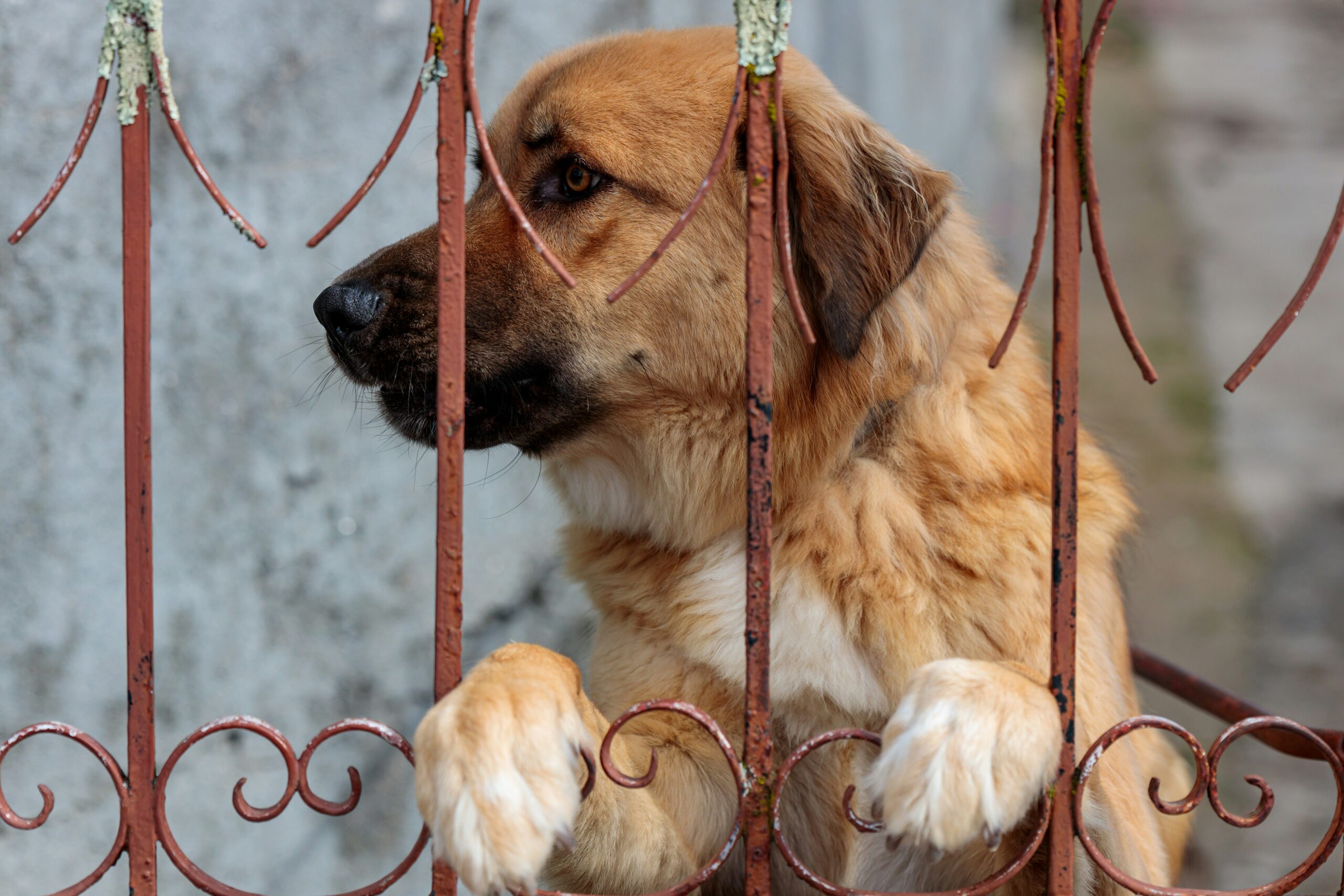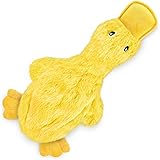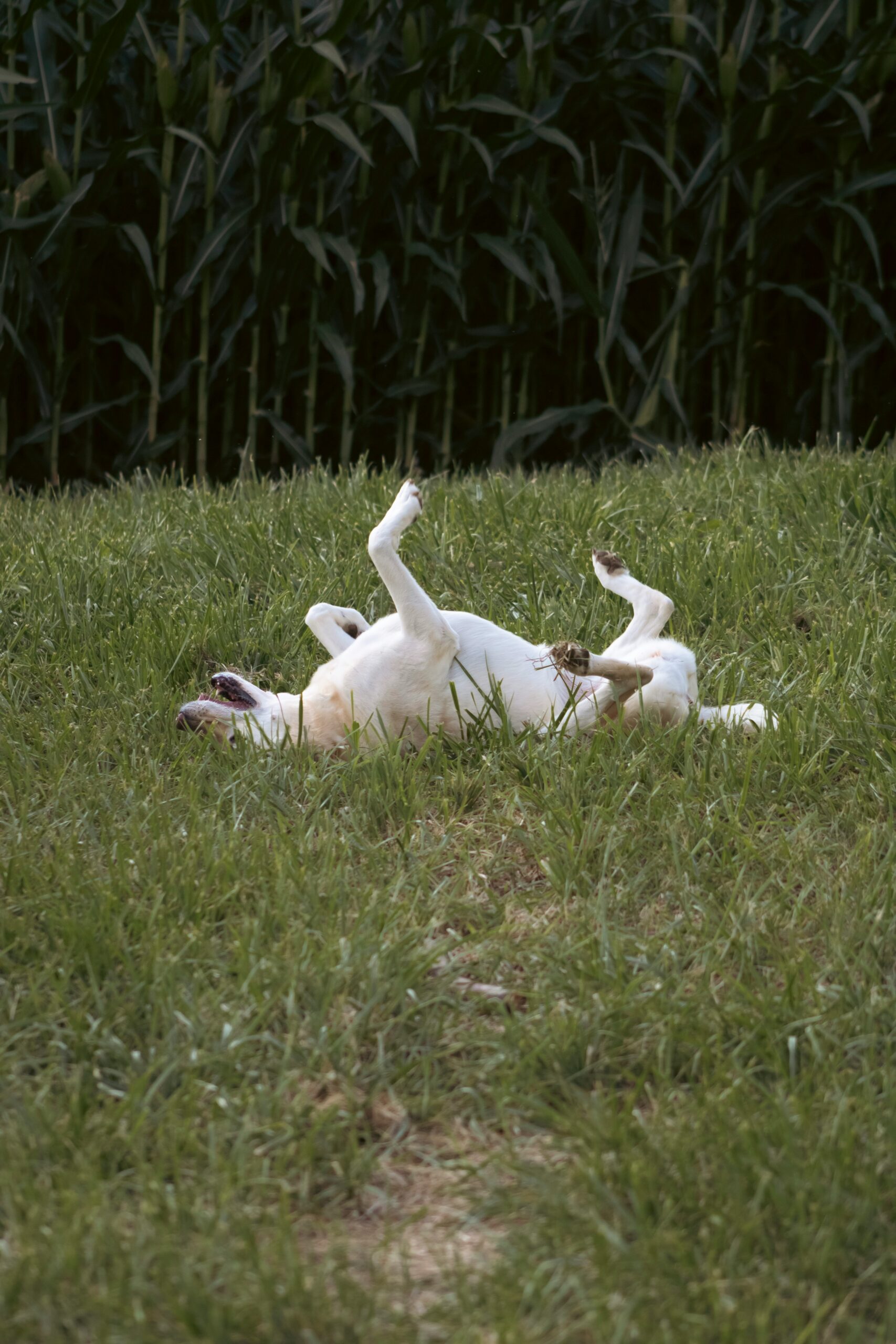The Future of Pet Ownership: A Look Ahead
Introduction: The Changing Landscape of Pet Ownership
The landscape of pet ownership is undergoing a remarkable transformation, reflecting broader social, economic, and technological shifts in society. As we step into an era where pets are increasingly viewed as integral members of the family, their significance in households worldwide continues to grow. This evolution is driven by a combination of factors, including changing lifestyles, improved awareness of pet welfare, and advances in pet-related products and services.
In recent years, the bond between humans and their pets has deepened, leading to a rise in the number of households that boast pets. According to various studies, pet ownership has seen a significant upward trend, which can be attributed to several pivotal factors. For instance, the perceived emotional and psychological benefits that pets offer, such as companionship and stress relief, have made them indispensable to many individuals.
Economically, this heightened value is mirrored in the booming pet care industry. The market has responded with a diverse array of products and services designed to cater to pets’ needs, ranging from high-quality pet food and accessories to advanced healthcare solutions. The availability of premium services, such as grooming, training, and even pet insurance, underscores the commitment of pet owners to ensuring their companions live happy, healthy lives.
Technological advancements also play a crucial role in the changing landscape of pet ownership. Innovations like smart pet collars, health monitoring devices, and automated feeders are enhancing the way we care for our pets. Moreover, social media platforms have created communities for pet enthusiasts, encouraging the sharing of knowledge and fostering a global culture that celebrates pet ownership.
As we look ahead, it becomes clear that these factors are set to reshape our understanding and approach to pet ownership, making it an ever-more significant aspect of modern life. This evolving relationship between humans and their pets is not just a passing trend but a fundamental shift influenced by our contemporary lifestyle.
Technological Innovations Impacting Pet Care
The landscape of pet ownership is evolving rapidly, driven in part by significant technological innovations. Among the most impactful advancements are automated feeders, health monitoring devices, and smart collars, which collectively enhance the experience for both pets and their owners.
Automated feeders have emerged as a revolutionary tool in pet care. These devices offer precise control over feeding schedules and portions, ensuring pets receive the right amount of nutrition at the right time. This not only aids in maintaining a healthy weight but also alleviates concerns for busy pet owners who may struggle with regular feeding times. The latest models even allow users to remotely control and monitor feeding via smartphone apps, providing flexibility and peace of mind.
Health monitoring devices represent another leap forward in pet care technology. Wearable gadgets, such as activity trackers and smart collars, are now equipped with sensors that provide real-time data on a pet’s health metrics. These devices monitor physical activity, heart rate, sleep patterns, and even detect early signs of health issues. Owners can review the collected data through dedicated apps, enabling them to make informed decisions and consult veterinarians more effectively. This proactive approach is pivotal in early diagnosis and intervention, enhancing the overall well-being of pets.
Smart collars stand out for their multifaceted utility. Beyond health monitoring, they come with GPS tracking features that help locate pets in case they wander off. Some advanced models are equipped with virtual fence capabilities, notifying owners if their pet strays beyond a specified boundary. Additionally, smart collars can facilitate behavioral training via auditory cues or vibrations, promoting positive reinforcement techniques.
Predicting future trends, we are likely to see further integration of artificial intelligence and machine learning into pet care technologies. These advancements will enable even more personalized and accurate health monitoring, predictive analytics for anticipating health issues, and enhanced automation in pet care routines. As technology continues to progress, the future of pet ownership promises to be increasingly connected and convenient, catering to the evolving needs of both pets and their caregivers.
The Rise of Pet Health and Wellness Industry
The pet health and wellness industry is experiencing unprecedented growth, driven by an increasing focus on preventive care and overall well-being for pets. As pet owners become more educated and proactive, the demand for comprehensive veterinary services, specialized diets, and wellness programs has surged significantly. This transformation is not only benefiting pet health but also reshaping the very structure of the industry.
Advances in veterinary treatments are a significant component of this evolving landscape. Veterinary clinics now offer state-of-the-art medical care such as advanced imaging techniques, minimally invasive surgeries, and personalized treatment plans that cater to the specific needs of each animal. These advancements ensure that pets receive the best possible care, contributing to their longevity and quality of life.
Telehealth for pets represents another pivotal trend within the industry. Enabled by modern technology, telehealth services allow pet owners to consult with veterinarians from the comfort of their homes. This innovation not only enhances accessibility but also fosters timely medical interventions, reducing the risks associated with delayed treatments. With the broad adoption of telehealth, pet owners can now keep up with routine check-ups and seek expert advice promptly, ensuring their pets’ well-being.
Nutrition plays a crucial role in pet health, and the trend towards specialized diets is gaining momentum. Pet owners are now more inclined to invest in high-quality, nutritionally balanced foods tailored to their pets’ unique dietary requirements. Numerous companies have emerged, specializing in crafting customized meal plans that address specific health concerns such as weight management, allergies, and digestive health. This shift towards personalized nutrition underscores the growing awareness of the role diet plays in preventive care.
Wellness programs have also become increasingly popular, integrating various aspects of pet care into a cohesive plan. These programs typically encompass regular health assessments, fitness routines, and preventive care strategies, helping pet owners maintain their pets’ optimal health. The rising trend of holistic pet care indicates a broader understanding of the interconnectedness of physical health, diet, and mental well-being.
Overall, the convergence of advanced veterinary treatments, telehealth, and specialized nutrition is propelling the pet health and wellness industry forward. As these trends continue to develop, the industry is poised to deliver even more innovative solutions to ensure the well-being of our beloved pets.
Sustainable and Eco-Friendly Pet Products
The modern pet ownership landscape is experiencing a significant shift towards sustainability, propelled by the increasing consumer demand for eco-friendly pet products. Pet owners are more conscientious about the environmental footprint of their choices, seeking products that align with their values of sustainability and health. This shift encompasses a broad spectrum of pet care items, ranging from toys and feeding accessories to grooming essentials and waste management solutions.
Eco-conscious pet owners are gravitating towards items such as biodegradable waste bags, which offer a viable alternative to traditional plastic bags. These waste bags decompose more rapidly, reducing the environmental burden of pet waste disposal. Similarly, there is a growing market for eco-friendly pet toys. Typically made from recycled materials, natural rubber, or organic cotton, these toys minimize the use of harmful chemicals and synthetic elements.
Organic pet foods form another pivotal category in the sustainable pet product market. These foods are often sourced from organic farms free from pesticides and GMOs, promoting not only pet health but also sustainable agricultural practices. By opting for organic pet foods, consumers are contributing to a more environmentally friendly industry while ensuring their pets receive high-quality nutrition.
In response to this growing trend, pet companies are increasingly prioritizing sustainability within their production processes. Businesses are adopting measures such as reducing packaging waste, utilizing recycled materials, and implementing energy-efficient manufacturing techniques. Many companies also engage in initiatives to offset their carbon footprint, such as tree planting and renewable energy projects. This collective effort by pet companies to embrace eco-friendly practices plays a crucial role in fostering a sustainable future for pet ownership.
The intersection of pet care and sustainability is becoming a defining characteristic of the industry. As the demand for eco-friendly pet products continues to rise, it is evident that sustainable pet ownership will play a critical role in shaping the future, benefiting both our pets and the planet.
The Evolving Role of Pets in Society
Over the past few decades, the role of pets in society has undergone a remarkable transformation. Beyond their traditional status as mere companions, pets are increasingly recognized as critical players in the realm of emotional and mental well-being. This evolving role is evident in their growing presence as emotional support animals (ESAs), therapy animals, and contributors in various professional settings such as hospitals and schools.
Emotional support animals provide essential emotional stability and comfort to individuals grappling with mental health challenges. Unlike service animals, ESAs do not require specialized training, yet they play a significant role in alleviating symptoms of conditions like anxiety, depression, and PTSD. The companionship of these animals offers a sense of unconditional love and security, creating a therapeutic bond that is increasingly seen as indispensable.
In professional environments like hospitals, therapy animals contribute significantly to patient recovery. Their presence aids in reducing stress, increasing patient morale, and even accelerating healing processes. These therapy animals are trained to interact with patients of all ages, offering emotional solace through simple actions such as sitting quietly or allowing themselves to be petted. Their effectiveness in fostering a positive emotional environment is well-documented, underpinning their expanding role in medical settings.
Schools, too, are recognizing the benefits of integrating animals into their environments. Therapy dogs, for example, are being introduced in classrooms to assist in calming anxious students, fostering social skills, and supporting children with learning difficulties. The presence of these animals can create a more inclusive and supportive educational atmosphere, promoting overall student well-being.
Moreover, the recognition of pets’ mental health benefits extends to their owners. Studies affirm that pet owners often experience lower levels of stress, reduced feelings of loneliness, and higher rates of physical activity. These benefits underscore the valuable role pets play in enhancing the quality of life for millions of people across diverse demographics.
Pet Ownership in Urban Areas: Challenges and Solutions
Pet ownership in urban areas presents a unique set of challenges that differ significantly from rural or suburban settings. One of the foremost difficulties is limited living space. Urban housing often includes smaller apartments with limited indoor space, which can restrict the movement and comfort of pets, especially larger breeds. The issue of space extends to outdoor areas as well; urban environments commonly lack private yards for pets to freely roam and exercise.
Another challenge is the restrictions imposed by housing regulations. Many urban residential properties, whether rental or owned, have policies that limit or prohibit pet ownership. These restrictions can vary from weight and breed limitations to outright bans on pets, making it difficult for potential pet owners to find suitable accommodation. Moreover, cities with high population densities often have stringent noise regulations, which can pose issues for pets that may bark or make noise.
The shortage of green spaces and parks suitable for pets to exercise is another significant concern for urban pet owners. City environments often prioritize commercial and residential development over green spaces, leading to inadequate areas for pets to play and socialize. This lack of recreational space can negatively impact the physical and mental health of pets, particularly dogs, which thrive on regular exercise and interaction.
Despite these challenges, various solutions can enhance the experience of pet ownership in urban areas. One effective measure is the development of pet-friendly housing initiatives, encouraging landlords and property owners to create policies that accommodate pets. These initiatives may include designating specific floors or units as pet-friendly, providing amenities such as pet washing stations, and lobbying for policy changes that allow pets within certain parameters.
Urban planners and community leaders can also play a critical role by incorporating more green spaces and dog parks into city designs. These designated areas provide safe and accessible locations for pets to exercise and socialize, thereby improving their well-being. Additionally, community-based pet care services, such as pet-sitting, dog-walking, and pet daycare facilities, can offer substantial support to busy city-dwelling pet owners.
Embracing these solutions can significantly improve the quality of life for pets and their owners in urban settings, ensuring that the joys of pet ownership are accessible and sustainable for all.
The Future of Pet Adoption and Rescue Efforts
As we look toward the future of pet adoption and rescue efforts, several promising trends are emerging. Innovations in technology are playing an increasingly pivotal role in how potential pet owners find and connect with their future furry friends. One significant development is the rise of online adoption platforms. These platforms allow users to browse available pets, complete adoption forms, and even schedule virtual meet-and-greets from the comfort of their homes. This technological approach not only widens the reach of adoption agencies but also creates a more efficient and accessible process for potential adopters.
Online adoption platforms have greatly streamlined the process, making it easier for rescue organizations to showcase pets and for people to find their ideal companions. These platforms often include comprehensive search filters that help providers match pets with owners based on factors like lifestyle, living situation, and personal preferences. Additionally, virtual meet-and-greets offer an innovative way for potential adopters to interact with animals, ensuring a good fit while minimizing unnecessary travel and stress for both humans and pets.
Moreover, rescue organizations are increasingly leveraging social media and digital marketing to elevate their outreach initiatives. By creating engaging content and storytelling, these organizations can highlight individual animals, share success stories, and educate the public on the benefits of adoption. Such efforts not only increase the visibility of animals in need but also promote responsible pet ownership.
Another critical aspect of future pet adoption efforts is the enhancement of support systems for new pet owners. Many rescue organizations are providing pre-adoption counseling and ongoing support post-adoption, ensuring that new pet owners have access to necessary resources and guidance. This support covers everything from behavioral training to nutritional advice, helping to create a stable and nurturing environment for the adopted animals.
In sum, the future of pet adoption looks more promising than ever, thanks to the integration of technology and the evolving strategies of rescue organizations. By harnessing the power of digital tools and emphasizing responsible pet ownership, the landscape of pet adoption is becoming more efficient, approachable, and supportive, benefiting both pets and people alike.
Conclusion: Envisioning a Pet-Friendly Future
As we navigate the evolving landscape of pet ownership, it becomes evident that advancements in technology, dietary options, and overall pet care are set to transform our relationships with our furry, feathered, and finned friends. The integration of smart devices and applications simplifies pet care, offering unprecedented convenience for pet owners. Simultaneously, the focus on specialized and balanced pet nutrition ensures that our pets receive the healthiest diets tailored to their unique needs.
Moreover, the rise of pet insurance and wellness plans reflects a growing commitment to ensuring the long-term health and happiness of pets. This shift underscores an increasing recognition of the important roles pets play in our lives, prompting more comprehensive and preventive health measures.
In addition, pet-friendly architecture and urban planning are cementing the bond between pets and city living, prioritizing spaces where pets can thrive within our increasingly dense urban environments. Such innovations demonstrate our evolving understanding of pets not merely as companions but as essential family members worthy of inclusive and considerate living spaces.
The future of pet ownership will invariably be shaped by these emerging trends and innovations. Pet owners are encouraged to stay informed about these developments, as embracing change can significantly enhance the well-being of pets and the richness of human-pet relationships. By being proactive and informed participants in this ever-changing landscape, we can collectively contribute to a pet-friendly future where every pet receives the care, affection, and respect they deserve.















Post Comment